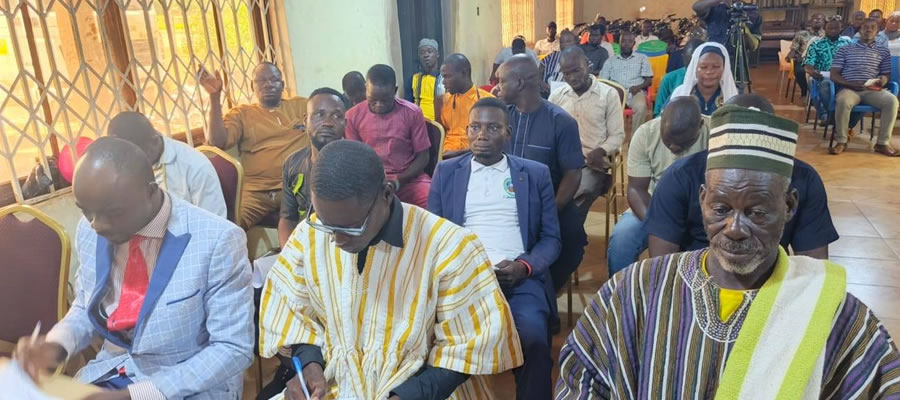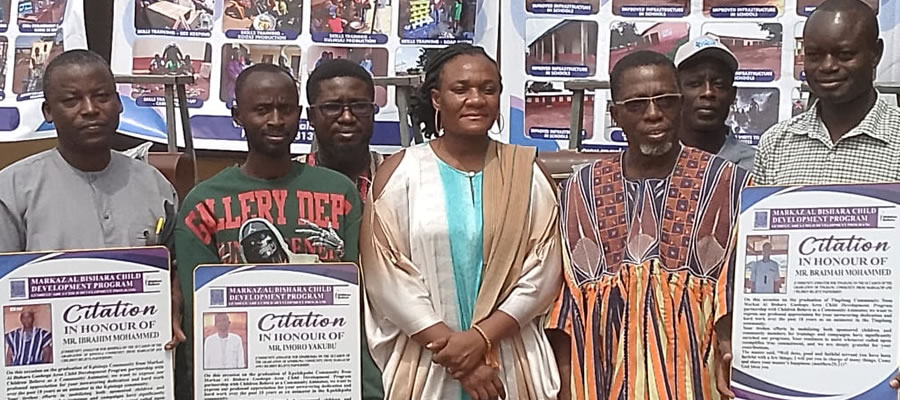

Location and size
As shown in Figure 1.1, the Gushegu Municipality is located on the eastern corridor of the region and shares boundaries to the east with Saboba and Chereponi Districts, Karaga District to the west, east Mamprusi Municipal to the north and Yendi Municipality and Mion District to the south. The total land area of the Municipality is approximately 2,674.1 square kilometers. It is about 114 km from the Northern Regional capital, Tamale.
Climate
Gushegu Municipality is covered by a tropical climate, which is marked by the alternation of dry and rainy seasons. The dry season lasts between November and March and it is characterized by the predominance of north-east winds in the form of harmattan which is cold and dry. The Municipality has a tropical climate, which is typical of the Northern Region. The unique rainy season, influenced by south-east winds lasts from May to October. The rainfall varies between 900 and 1,000mm but the heavy rains are normally recorded in July and August.
Temperatures are high throughout the year with a maximum of 36ºC recorded mainly in March and April. Low temperatures are recorded between November and February (the harmattan period).
Vegetation
The topography of the land is generally undulating with elevations ranging from 140m at valley bottoms to 180m at highest plateaus. Being mostly a watershed of main rivers, the Municipality is endowed with many small valleys. These valleys can be found at Gaa, Katani, Sampemo and Sampegbiga areas. There are no major rivers in the Municipality, but tributaries and sub-tributaries of Nasia, Daka, Nabogu and Oti rivers run through it.
Relief and Drainage
The Municipality lies entirely within the Voltaian sandstone basin dominated by sandstones, shales, siltstones and minor limestone. The soils are mainly savannah ochrosols, groundwater laterite formed over granite and Voltaian shales.
Date Created : 11/30/2017 3:01:48 AM









 facebook
facebook
 twitter
twitter
 Youtube
Youtube
 +233 593 831 280
+233 593 831 280 0800 430 430
0800 430 430 GPS: GE-231-4383
GPS: GE-231-4383 info@ghanadistricts.com
info@ghanadistricts.com Box GP1044, Accra, Ghana
Box GP1044, Accra, Ghana